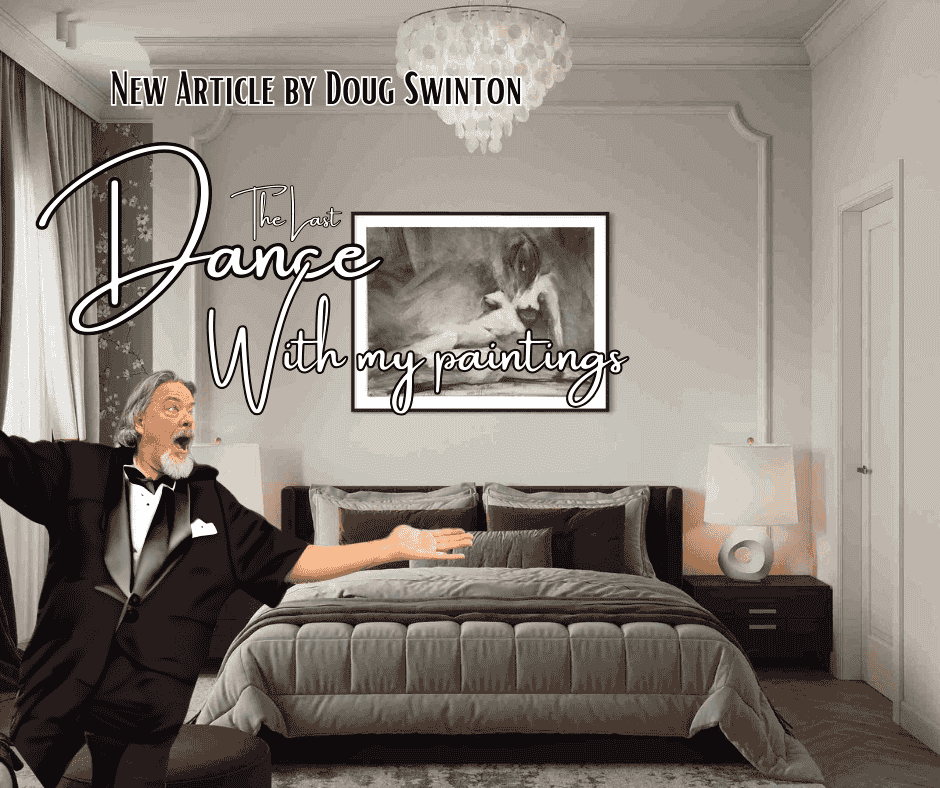Seeing Colour · History on colour
- Doug Swinton

- May 4, 2012
- 2 min read
Updated: Feb 22, 2021
By Doug Swinton
As far back as ancient Greece, the names of certain colours rarely appear. There are plenty of black and white references, some red references, and a smattering of yellow. Less mention of green but there is virtually no reference made to the colour blue. The same occurs for Icelandic text as well as Hebrew manuscripts. That's right folks! The Bible is written with no reference to blue. Why?
In the cradle of civilization, nature did not provide a lot of blue things that could be utilized. No blue foods. No blue flowers (most of our blue flowers are artificial and have been genetically engineered). Heck, where these guys lived most everyone had brown eyes. Sure the sky is blue but if you trap air, it's invisible. The sea is blue till you scoop it in your hand and then it is clear.
You would never need a name for colour until you can make that colour and readily use it.
Red ochre goes back to the dawn of man, so red appears as far back as the written word. The word Blue, however, was rare. Blues as items continued to be rare, so rare in fact that in the 1600's and 1700's when you commissioned a portrait of yourself, the artist would quote the price based on how much blue you wanted. The more blue, the more expensive the commission. You could tell how royally important a king was by the amount of blue slathered on his painting.
Having an actual word for a colour unlocks your ability to notice a colour or a variety of colours. Without the word, you still see the colour, it just doesn't register in the mind. I remember my son seeing the sky as blue, but once I showed him the difference in blues and named them, he would frequently say, "Hey Dad! Look at the cerulean blue next to the cobalt blue in the sky!" Before that, the sky was just blue.
Not only having a word for colours and shades of colours but also being shown a colour within an object, will unlock the potential to actually see it. I remember while having lunch with fellow artist Ken Gillespie when he pointed out the awesome purple hidden within a shadow of a car. When I first looked, I didn't see what he saw. I saw inert grey, but when pointed out I suddenly saw delicate shifts in purples within the subtle curves of the fenders.
With my students, often it isn't until I brush that red splotch on their painting that they then see it in the photo. The more you train the eye to see colours, the more colours it will see. The more times you do that the more often it happens. It takes practice to see colours subtly. Take the time to sit quietly and absorb all that Mother Nature has to reveal about her abundance of colour! Colour can be covert, almost mysterious. As Edgar Payne said in his super awesome book, The Composition Of Outdoor Painting.
"Nature does not capriciously scatter her secrets as golden gifts to lazy poets and luxurious darlings, but imposes tasks when she presents opportunities."
Your friend in art. Doug.
P.S. Dogs have no red receptors.








Kickback Dash is a thrilling and innovative arcade game that combines physics-based shooting with unlimited movement. You take control of a strong weapon that moves ahead by using its own recoil energy rather than a standard character. It charges farther and farther across vibrant, mountainous landscapes with every photo, earning money as it goes.
A major strength of QuickBooks Desktop is its offline capability. Unlike cloud-based solutions, it does not rely on internet connectivity, making it more qb online support reliable for businesses operating in areas with unstable internet. Data is stored locally, giving users more control over their financial records and backups.
Let our lawn care experts in Vernon help you achieve a vibrant, green lawn with tailored services including aeration, fertilization, and more. Lawn Service Near Me: Take care of your lawn with Vernon’s trusted lawn care professionals. We offer personalized services to help your lawn thrive year-round.
Looking for a hilarious and addictive challenge? Wacky Flip is your next obsession!
AV在线看 AV在线看;
自拍流出 自拍流出;
国产视频 国产视频;
日本无码 日本无码;
动漫肉番 动漫肉番;
吃瓜专区 吃瓜专区;
SM调教 SM调教;
ASMR ASMR;
国产探花 国产探花;
强奸乱伦 强奸乱伦;